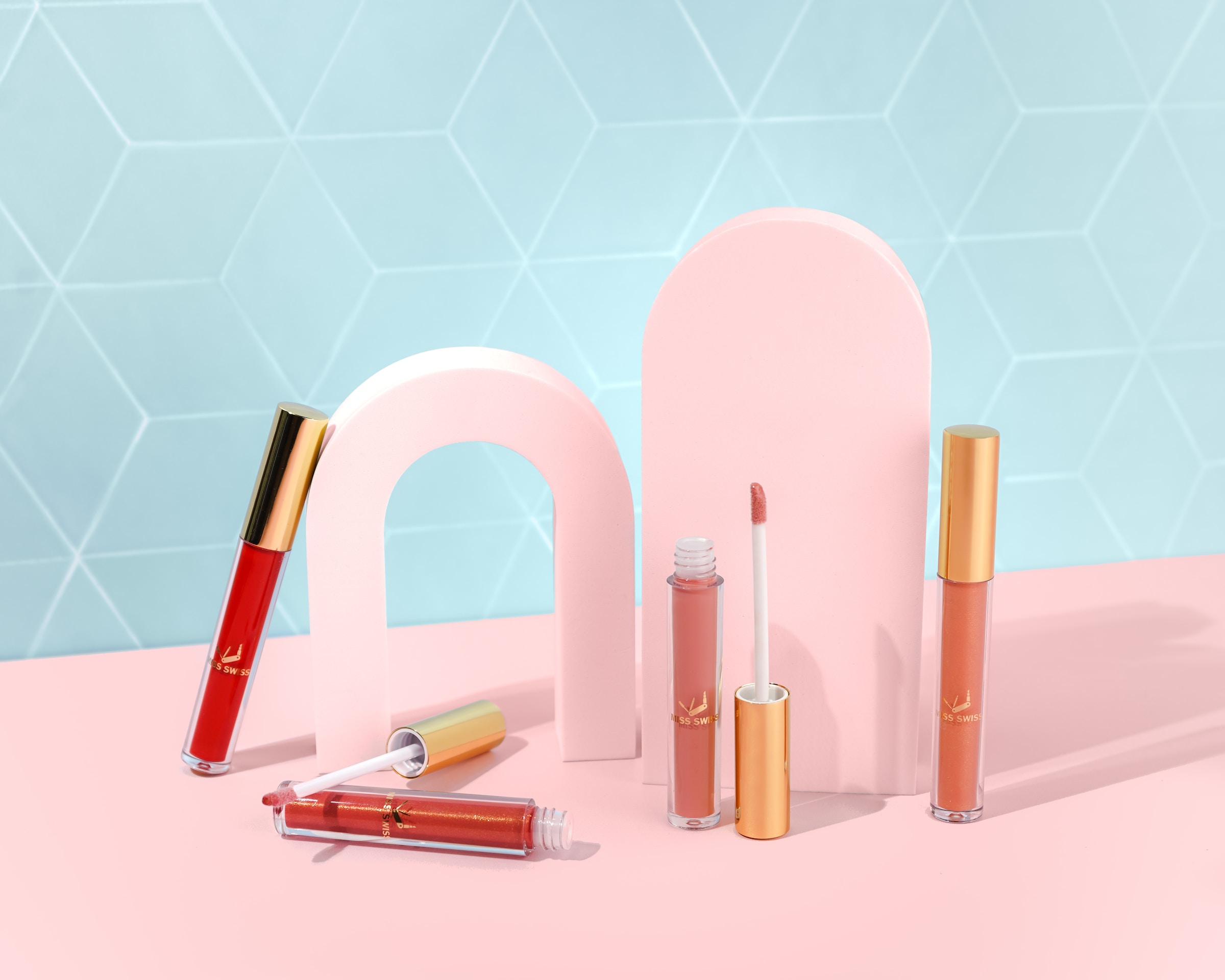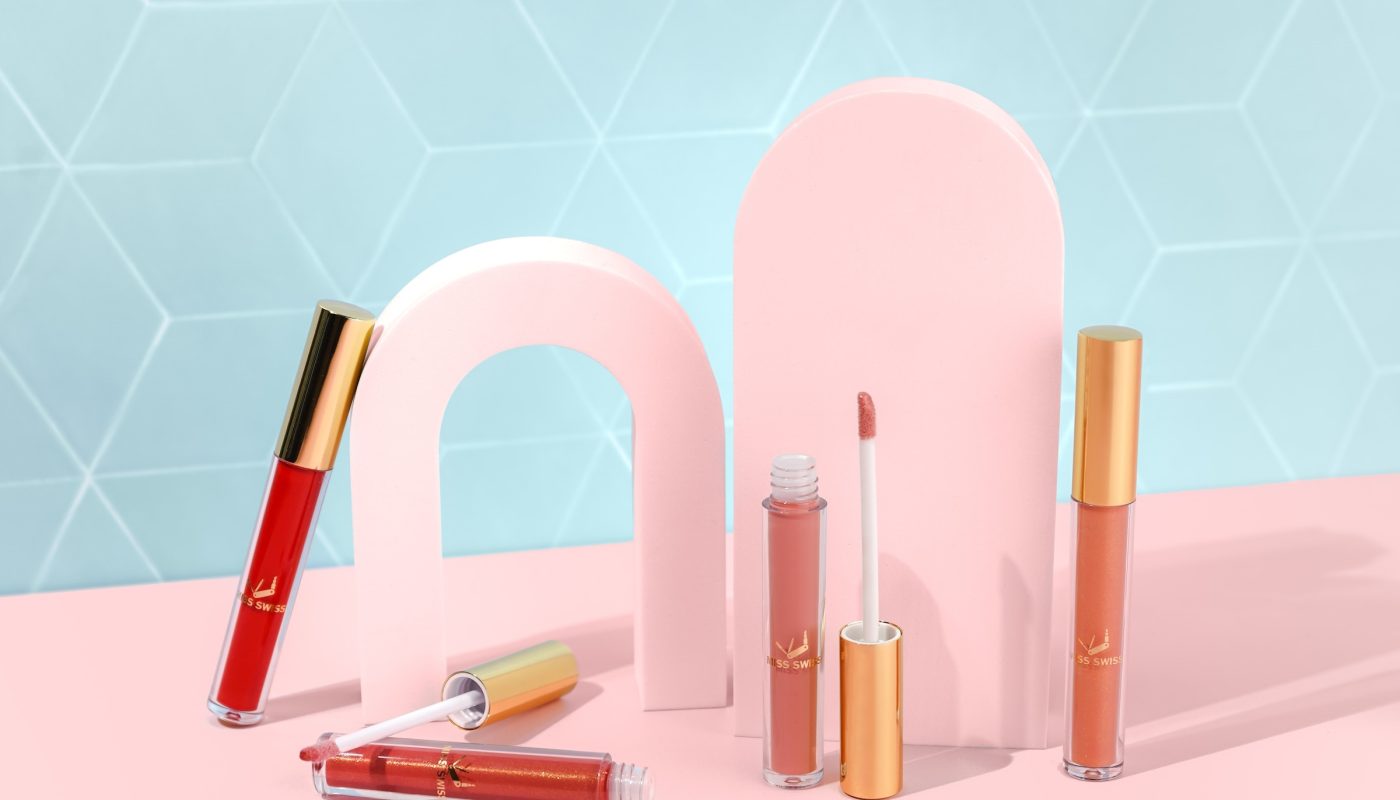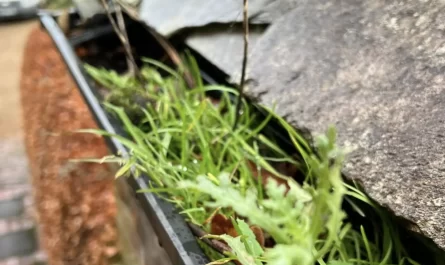
Shading is an important aspect in various fields, including art, graphic design, and even architecture. It refers to the technique of adding depth and dimension to a two-dimensional object or surface to make it appear three-dimensional. There are different levels of shading that can be used to create different effects and enhance the overall visual appeal. This article will explore the five levels of shading and their significance.
Level 1: Flat Shading
Flat shading is the most basic level, where an object or surface is uniformly shaded with a single color or tone. It provides a simple and clean appearance, but lacks depth and realism. Flat shading is often used for simple drawings or illustrations that require a more graphic or stylized look.
Level 2: Gouraud Shading
Gouraud shading is a level up from flat shading, as it adds smooth transitions between different shades or colors. It involves interpolating the colors or shades at the vertices of a polygon to create a smoother appearance. Gouraud shading is commonly used in computer graphics and 3D modeling to create more realistic and visually appealing surfaces.
Level 3: Phong Shading
Phong shading is an advanced level of shading that provides even more realistic and detailed results. It calculates the shading at each pixel rather than just at the vertices, resulting in smoother gradients and highlights. Phong shading is widely used in computer-generated imagery (CGI), video games, and visual effects to create lifelike surfaces and materials.
Level 4: Ambient Occlusion
Ambient occlusion shading simulates how ambient light interacts with various surfaces and objects based on their geometry. It creates subtle darkening in areas where objects or surfaces are close to each other, resulting in enhanced depth and realism. Ambient occlusion shading is commonly used in architectural rendering, product visualization, and movie production to add more realism to scenes.
Level 5: Physically Based Rendering (PBR)
Physically Based Rendering (PBR) is the most advanced level of shading that aims to replicate real-world lighting and material properties. It takes into account factors such as surface roughness, reflectivity, and different types of lighting conditions. PBR shading provides highly realistic and accurate results, making it the preferred choice in industries such as film, animation, and game development.
Conclusion
Shading plays a crucial role in creating visually appealing and realistic images. The five levels of shading, including flat shading, Gouraud shading, Phong shading, ambient occlusion, and physically based rendering, offer various degrees of depth, detail, and realism. The choice of shading technique depends on the requirements of the project and the desired visual outcome. By understanding these different levels of shading, artists, designers, and developers can create more engaging and immersive visual experiences.

